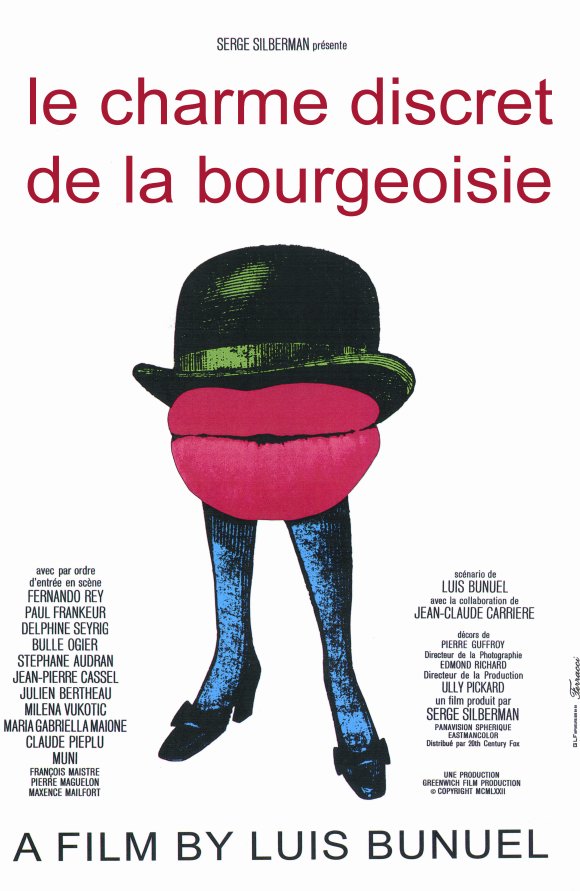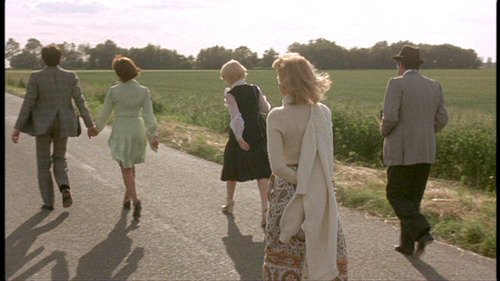Part-confession, part-rationalization. How are your cultural preferences formed?
My gateway to 'artsy' Indian cinema was Satyajit Ray (like most people) - and now having travelled across the cinematic landscape of the country to some extent, and having seen some of the other world-class Indian directors - I'm still fixated with the man. If I were to name one Indian film that is the closest to me, it's Ray's Pratidwandi (The Adversary, 1971). But why - are there not more quintessentially "Indian" directors? (Mani Kaul?) Or even "Bengali" ones - like Ritwik Ghatak? Kaul's films draw upon all sorts of Indian arts in a way Ray's straight-faced realism does not. Ghatak's preferred style of acting is closer to jatra - or popular Bengali theatre - than the naturalism favoured by Ray. As is his use of grand melodrama - territory which Ray avoids as much as he can, his preferred tone being one of subdued emotion.
The answer which I've arrived at with much exploration and rationalization is this: the preference is simply a projection of my own personality (intuitive in retrospect, but... you know!). Avidly listening to Western Classical Music from a very young age, rejecting traditional religion, having an initial distaste for the sentimental aspects of the quintessential Bengali character - Ray made an outward journey from his home. He soaked in Western culture without feeling threatened by it, no doubt a result of an urban cosmopolitan upbringing. And then he sort of made the journey back home once he started with his painting course at Shantiniketan: discovering the rhythm of rural life, seeing traditional Indian art with new eyes.
Compare this with Ghatak's journey: born into pre-Partition Bangladesh with agriculture still not in decline, spending his childhood in a land of plenty, only to be ripped apart by a harsh reality and thrown into an urban maelstrom called Kolkata. A journey away from home, here too, but one undertaken without will. All of Ghatak's films - with the possible exception of Ajantrik - is therefore a pining for the home he'd never get back.
These trajectories matter because everyone - except those who are superhuman - looks for personal resonance in whatever they see, read, listen to, argue about et al. My own journey goes something like: ordinary pop culture devouring for about the first 17 years of my life, then a slowly growing appreciation of foreign cinema and rock music (Western!) and finally a search for roots - discovering and appreciating homegrown culture, primarily through artists like Ray (in cinema), Indian Ocean and Prasanna (in music) who have a foot each in both the home and the world (ghare-baaire).
Why do I feel the closest to Pratidwandi? In Siddhartha lies the closest portrayal of my own self in cinema - idealist, dreamer, pragmatist and someone doomed by character to see both sides of any question.
So the next time you're wondering aloud why I prefer the insider-outsider instead of the more authentic "Indian", you know it's a result of my own limitations. Only someone who has ventured outside and returned home with some ambiguity about rootlessness resonates with another in the same spot.
P.S.: Objectively speaking, if that can mean anything at all, there are directors, musicians, authors etc. whom I admire more from a somewhat neutral, detached vantage-point. But if you're talking about personal resonance, it is what it is.
P.P.S.: The Blogger GUI is called a dashboard, hence the title. No allusions to the band.























